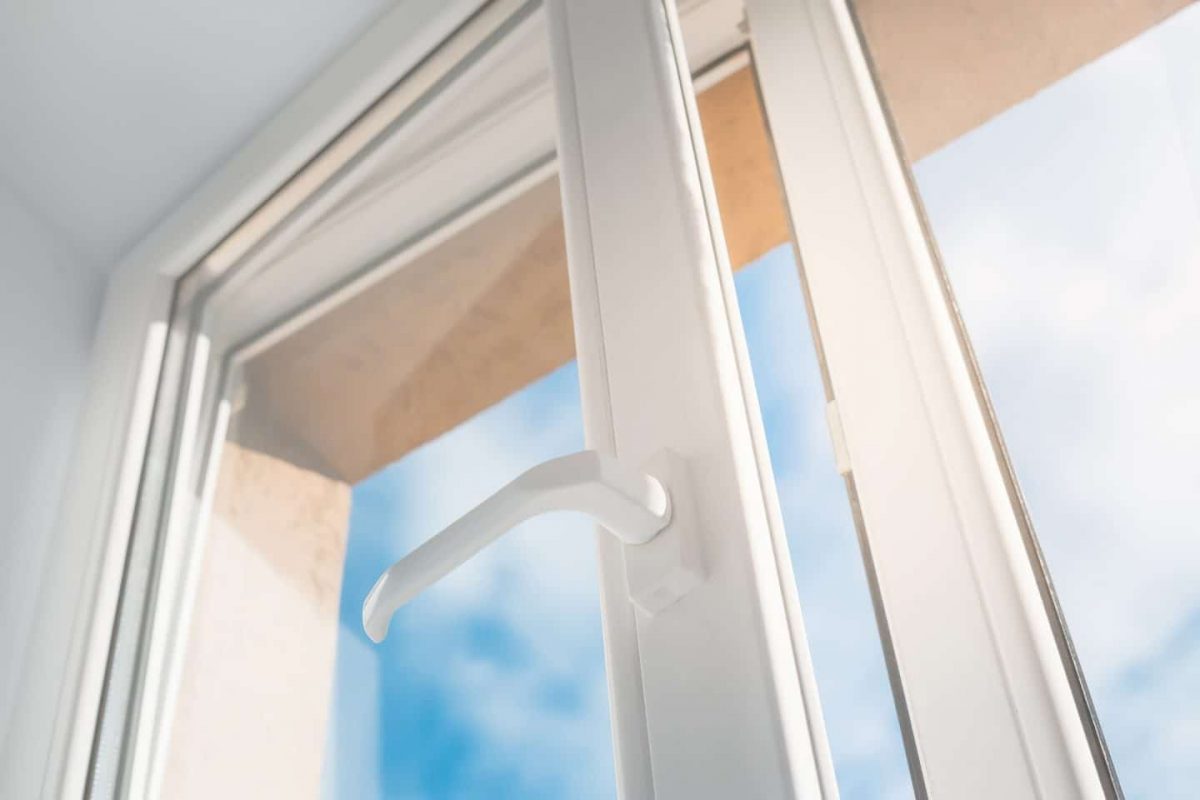One of our most frequent enquiries to our technical team is how to paint uPVC windows and doors. A quick way of refreshing your home’s exterior is by painting your uPVC with a new colour to provide kerb appeal that lasts. As it isn’t always practical purchasing new windows or doors, a cheaper alternative is to modernise the plastic frames with an easy to apply coat of paint.
Why is it important to use the right product to paint uPVC?
Due to the nature of plastic and most paints difficultly in gaining adhesion on its surface, applying a paint that has the ability to bond with the substrate is crucial. Also, due to thermic expansion, any plastic will expand and contract in the heat. This means any coating will need to be flexible enough to withstand this repeated movement.
Another factor is that the uPVC windows and doors will be under the effects of UV rays from the sun. It is necessary that the coating be UV stable, providing a finish that will not become sun bleached.
It is important to know that new uPVC should not be painted. Any uPVC that has recently been installed should be left a minimum of 12 months before attempting to coat. This is due to the resins during the manufacturing process leaving the top layer of the plastic. You will notice that the uPVC will appear less shiny and consequently less hydrophobic after a year has passed. This helps the paint adhere to what would initially be an incredibly difficult surface to bind to.
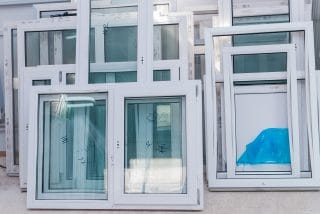 Promain’s Suggested Painting Systems For External uPVC
Promain’s Suggested Painting Systems For External uPVC
To reach the requirements as listed above, Promain’s technical team suggest the use of an acrylic based paint system. As acrylic paints are a form of plastic, they will be able to withstand the movement of thermal expansion.
Most acrylic paints also tend to provide sufficient adhesion to plastic while providing a colour stable finish.
1. Bedec Multi Surface Paint (Plus Additive Owatrol Floetrol)
Bedec MSP is an impressive paint that can be used for a multitude of surfaces – hence the name! Formulated to be quick drying and versatile, Bedec MSP is non-yellowing water based paint, available in a wide range of colours and a choice of finishes.
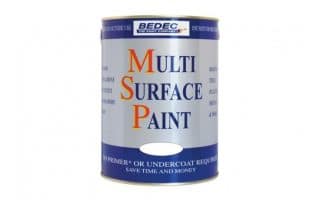
Preparation
Fully clean the plastic from moss, algae or any residual dirt. Carefully abrade surface to be painted, making sure all awkward nooks are given a key. Our technical team suggest cleaning the surface afterwards with methylated spirits. Meths is ideal over products like white spirit due to the solvent evaporating. You may have found that white spirit leaves a residue behind, methylated spirit would solve that. Once the meths have fully evaporated, your uPVC window or door is ready for painting.
Application
As you will find doorframes or window frames fiddly to paint, it is important that the paint to be applied doesn’t dry too quickly. To ensure this, your Bedec MSP should be diluted with 10% Owatrol Floetrol. This additive will also prevent unsightly brush marks, and help level the paint when a rogue bug needs to be removed! Two coats should be applied leaving sufficient time to dry between coats.
Application can be made either using a solvent safe roller or a strong filament brush such as ProDec Advance X7.
2. Zinsser Allcoat Exterior
Available in both satin and gloss variants, Zinsser Allcoat Exterior is suitable for most exterior surfaces such as new or previously painted wood, uPVC, galvanising, metals, cladding, weathered bitumen, stucco, brick, stone, cured concrete, plastisol, timber. This external coating offers long term protection and will not crack, blister or flake when exposed to harsh conditions, such as rain or snow. This makes this an ideal product to paint uPVC.
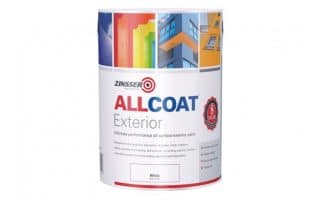 Preparation
Preparation
As with the Bedec MSP, fully clean, abrade and reclean with methylated spirits.
Application
Zinsser Allcoat Exterior requires two coats to sufficiently cover your uPVC. The first coat of Allcoat Exterior primes and seals the surface. This provides a base for the topcoat. The topcoat completes the sealing process while providing additional moisture resistance and protection. Zinsser Allcoat Exterior will cover approximately 12m2 per litre on to uPVC.
Application can be made either using a solvent safe roller or a strong filament brush such as ProDec Advance X7.
3. Selemix Direct 7-530
Selemix Direct 7-530 is a solvent based 2 pack polyurethane coating formulated to be applied direct onto a wide range of substrates without the use of a primer.
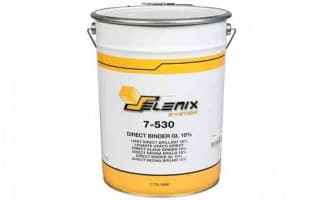 Preparation
Preparation
To ensure the coating fully adheres to the plastic, it is vital that the correct preparation is performed. Firstly, it is important to ensure all the uPVC to be painted is fully clean using a soap and water. Next, to gain a key, abrade the surface with a red Scotchbrite pad. Finally, degrease the uPVC with a solvent based degreaser such as Centrecoat Eco Cleaner and Degreaser.
Application
Your uPVC window frame or door is now ready to be painted. Although Selemix Direct can be applied via spray, the best way to apply this product to fiddly windows and doors is via a solvent resistant roller such as Centrecoat Mini Paint Rollers, 4 Inch. Selemix Direct has a theoretical coverage of 4m2 per litre per coat, so a 5 litre tin would roughly cover the inside and out of a full panelled uPVC door with one coat, though two would be recommended.
Have any questions in regards how to paint uPVC window frames, door frames, guttering, garage doors and more? Our technical team have more than likely been asked it before! Contact our manufacturer trained team on 01462 421333 for the best guidance available.

